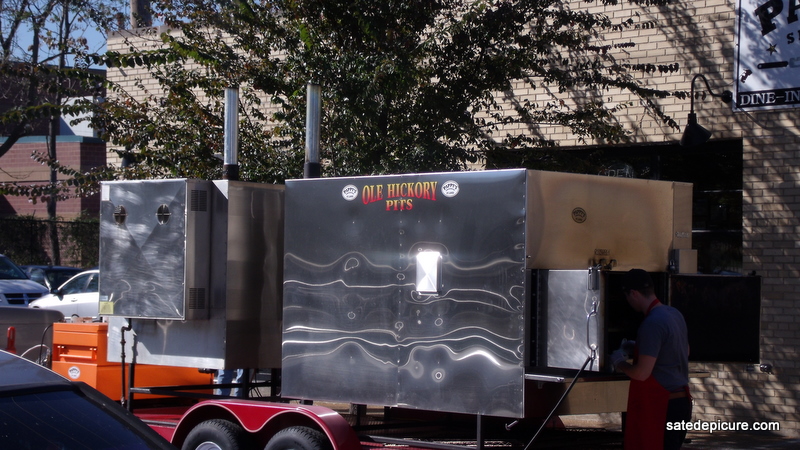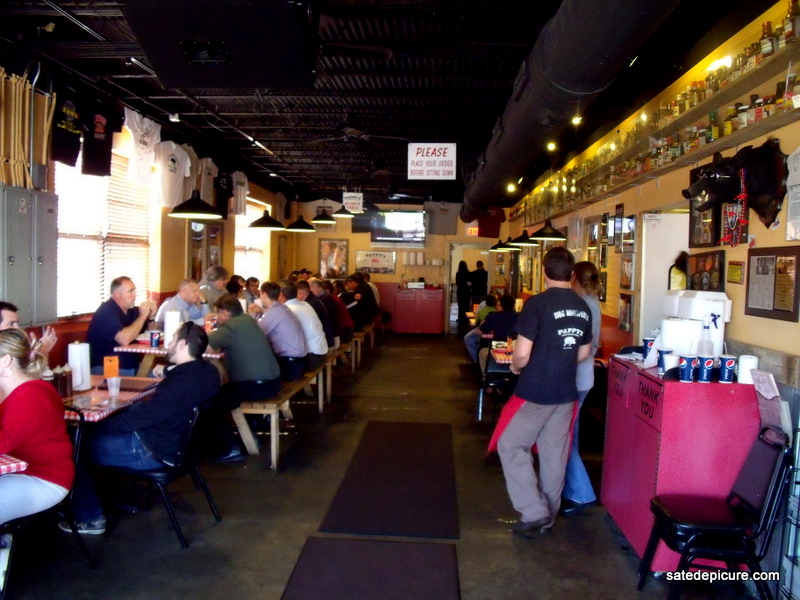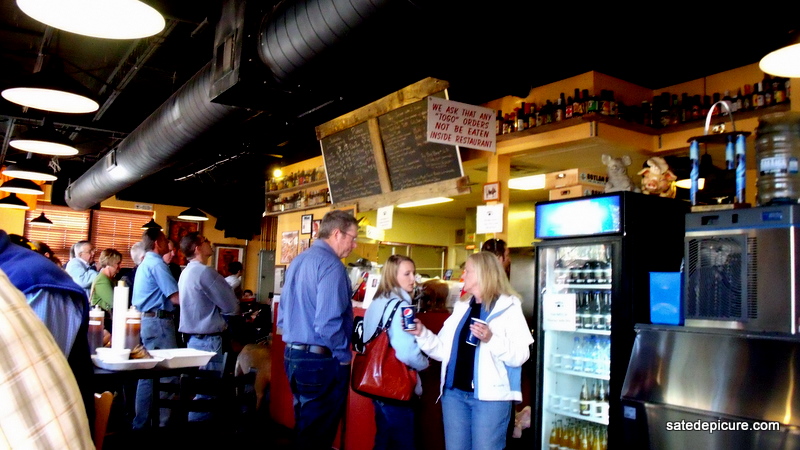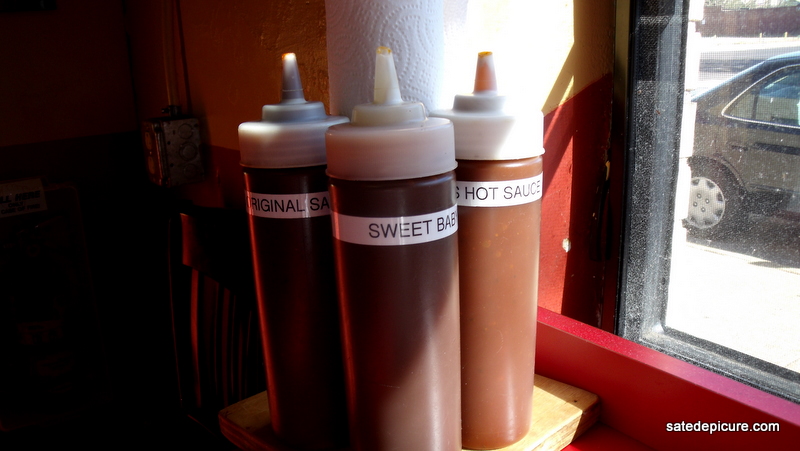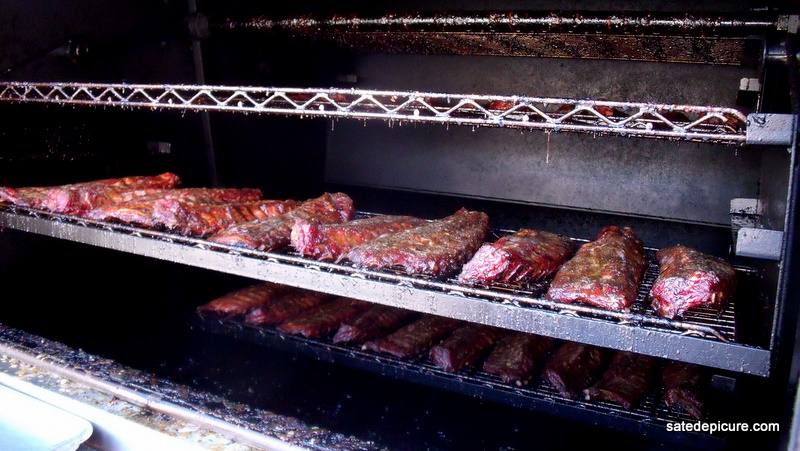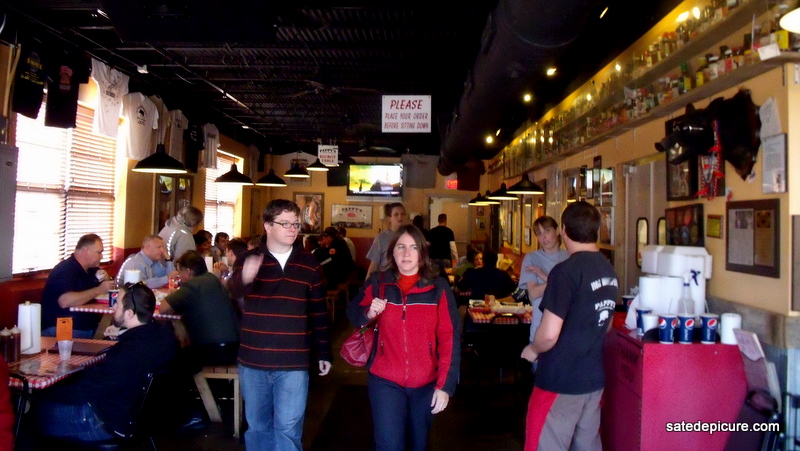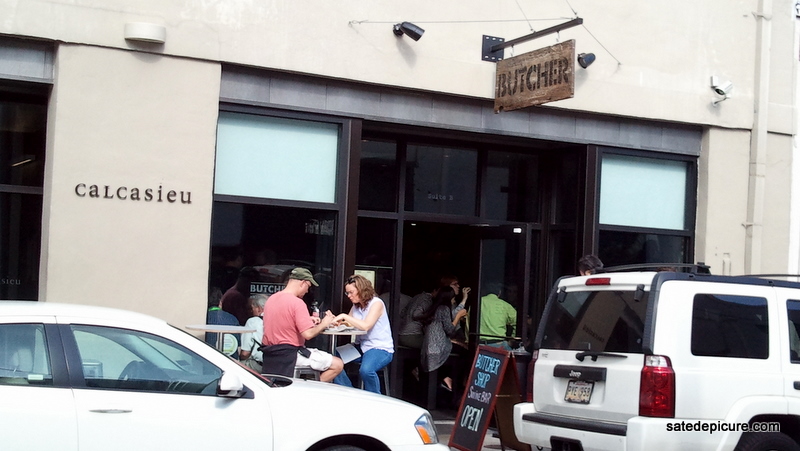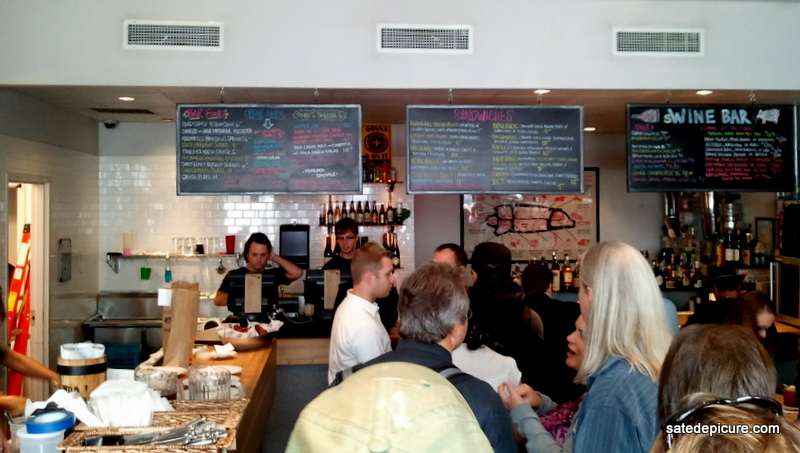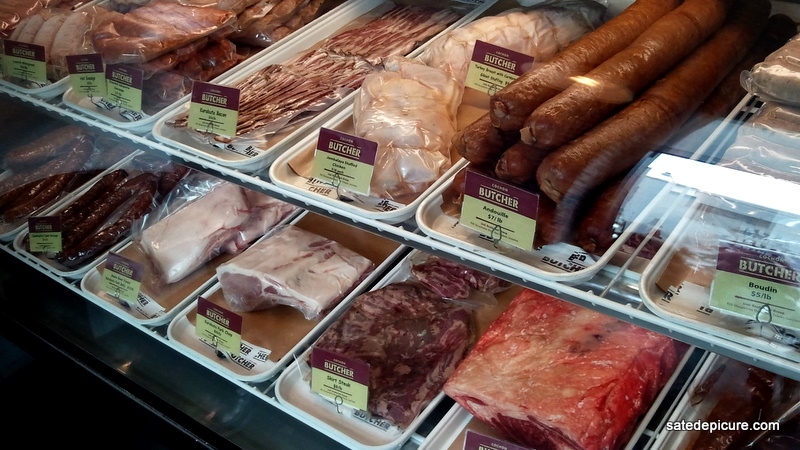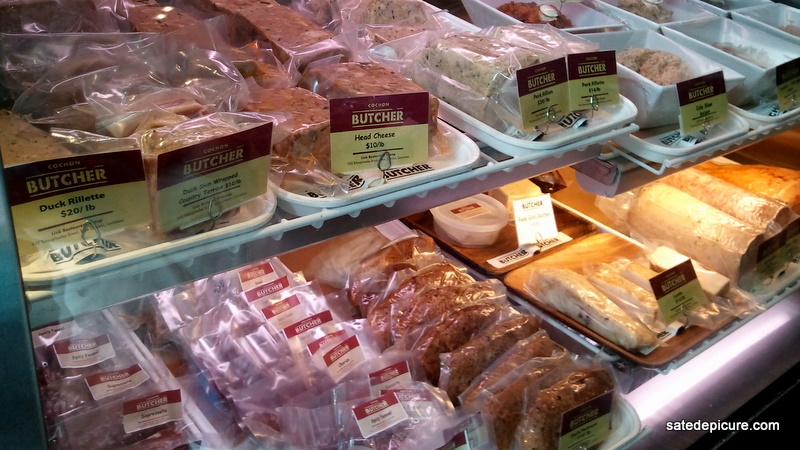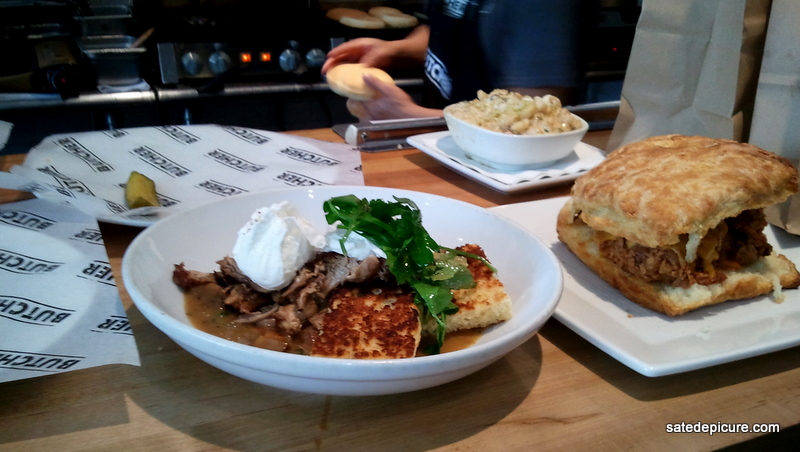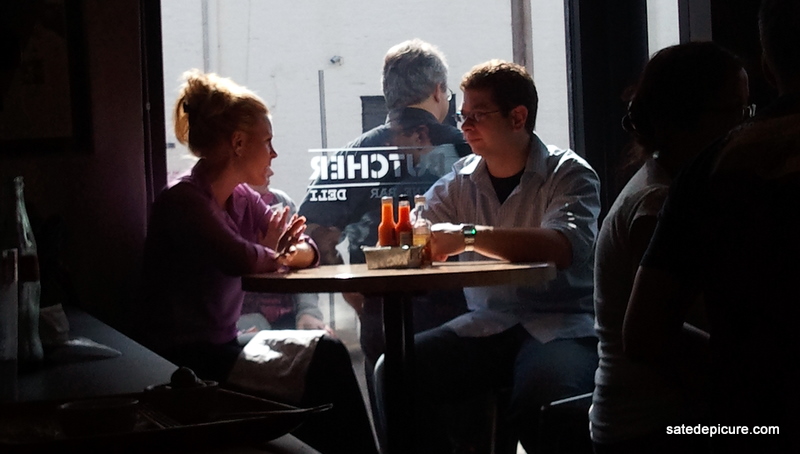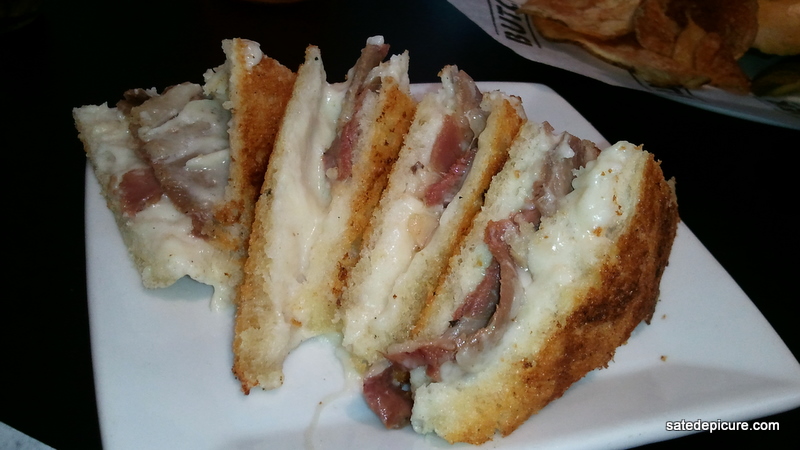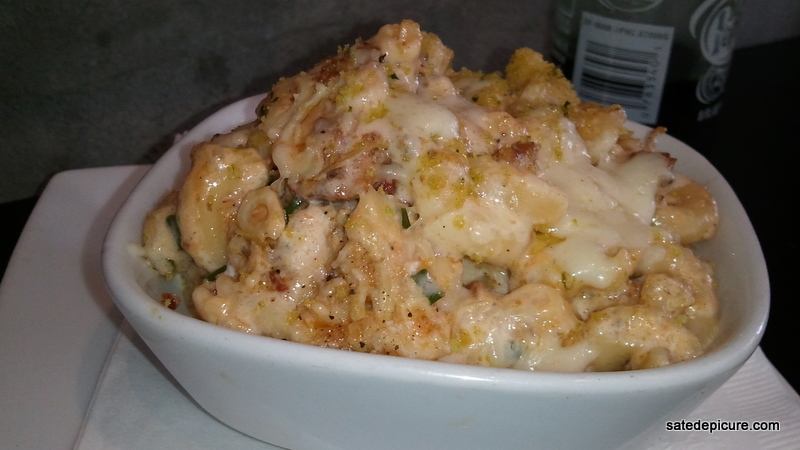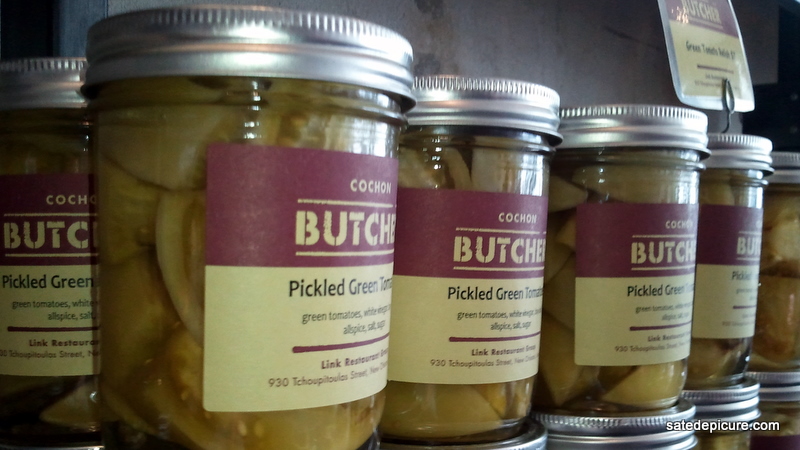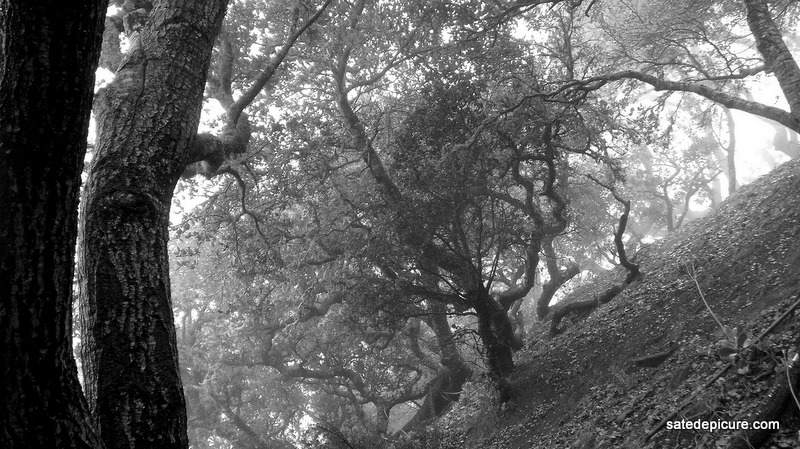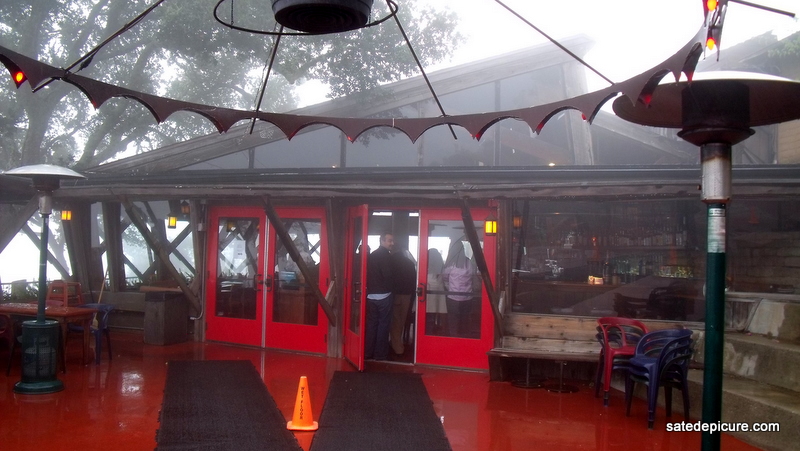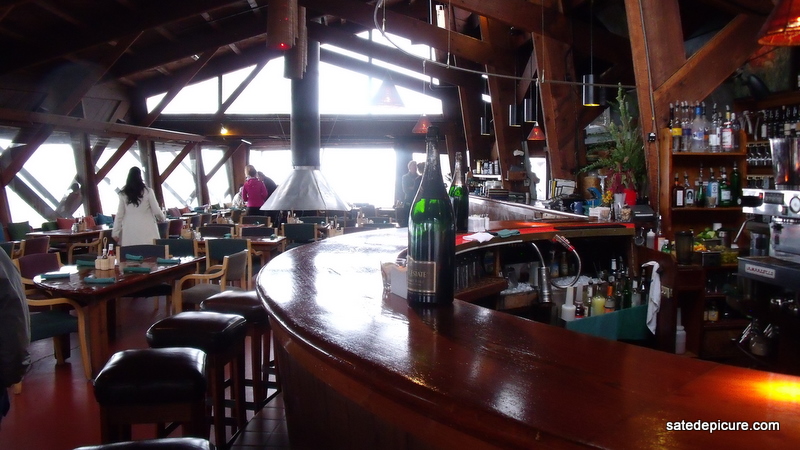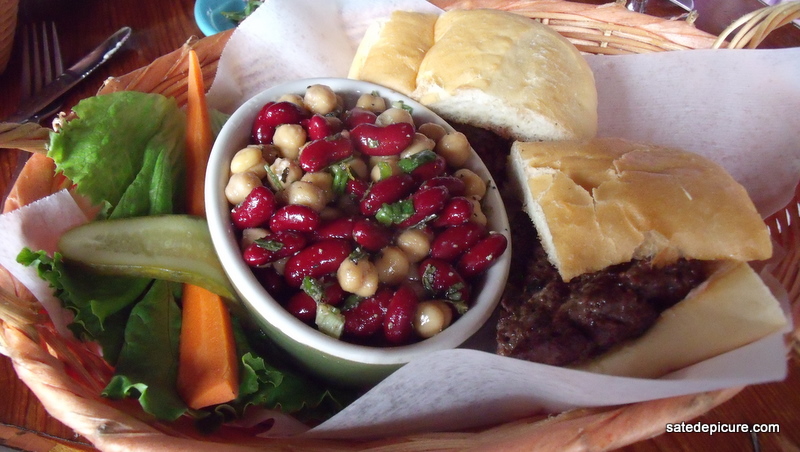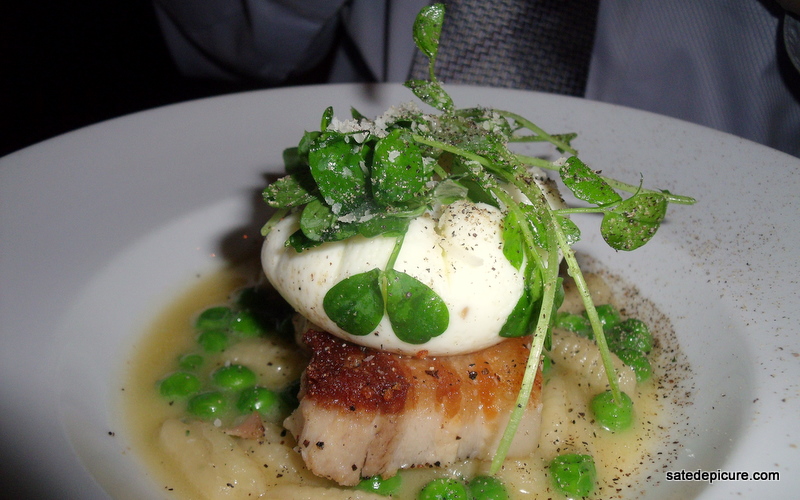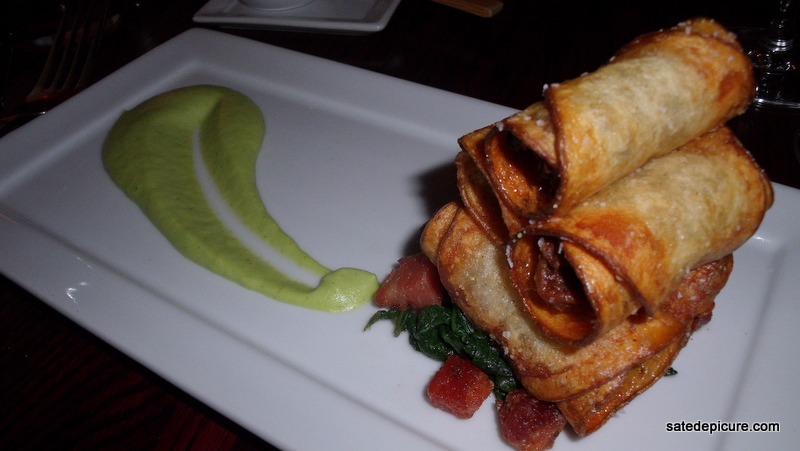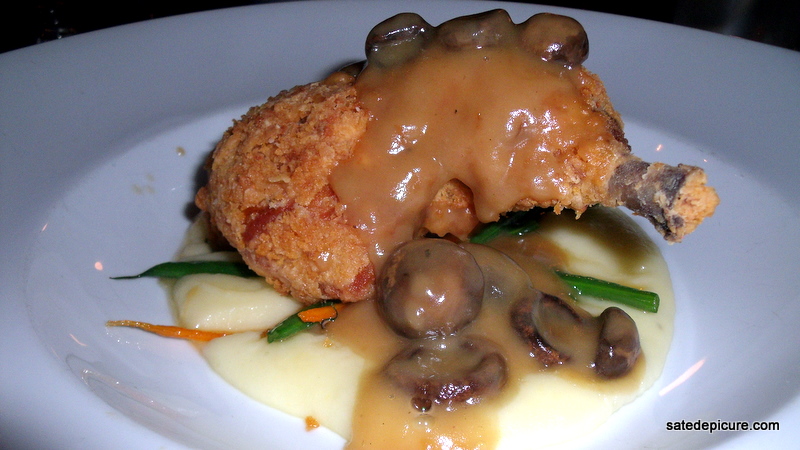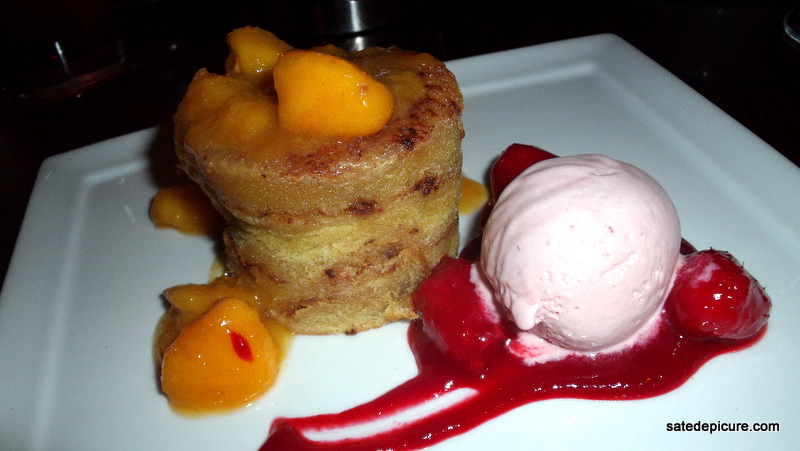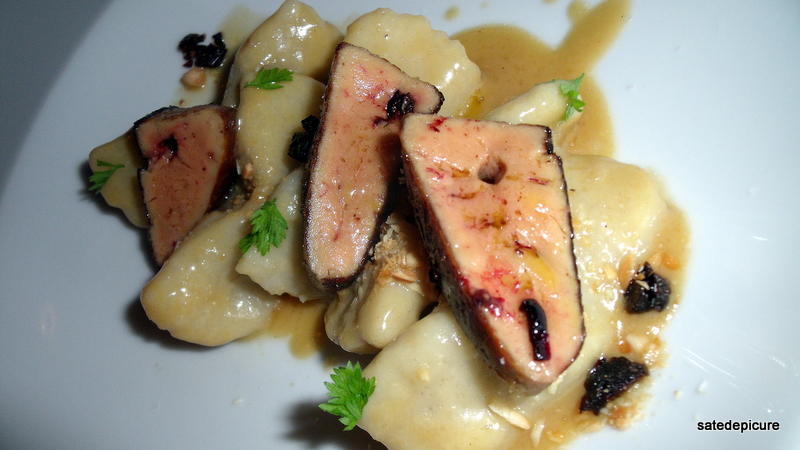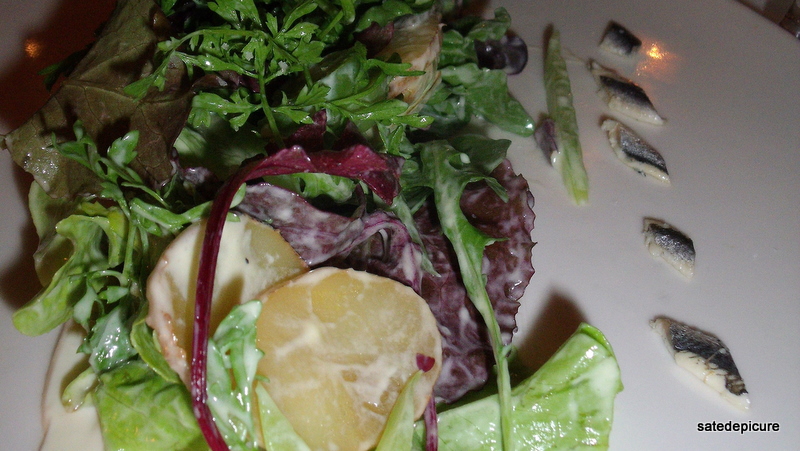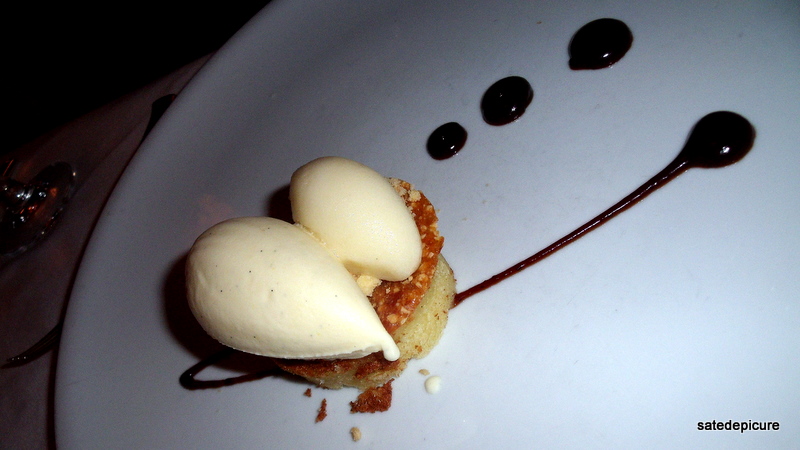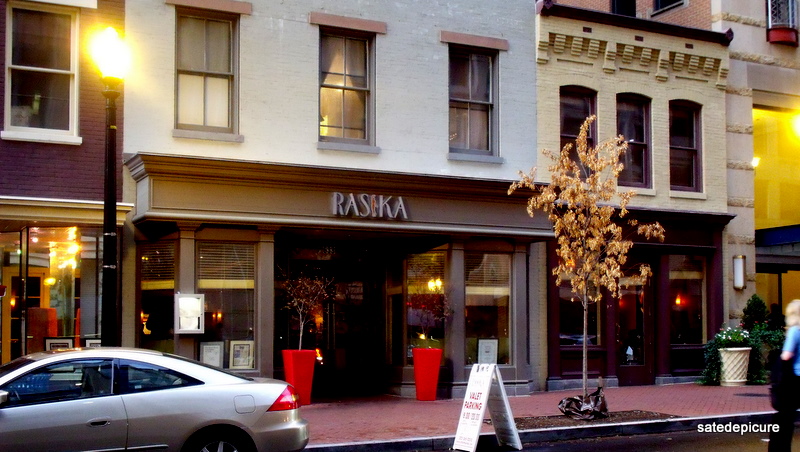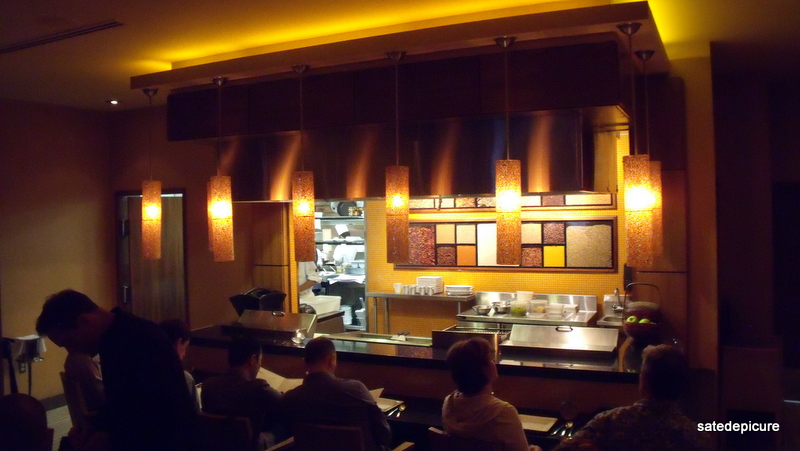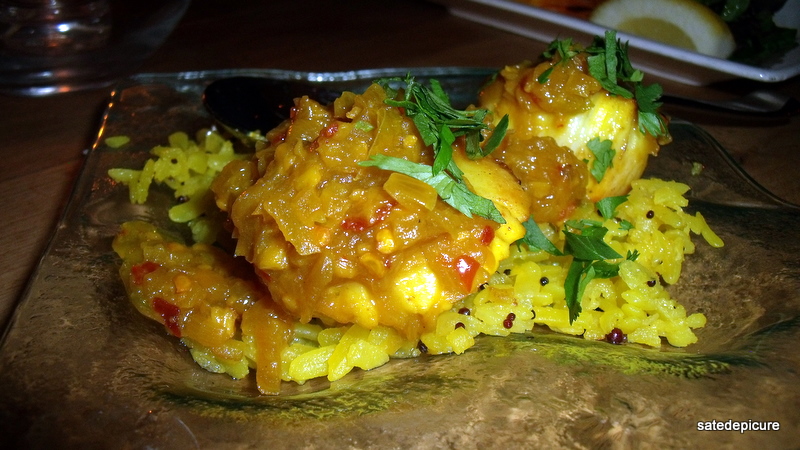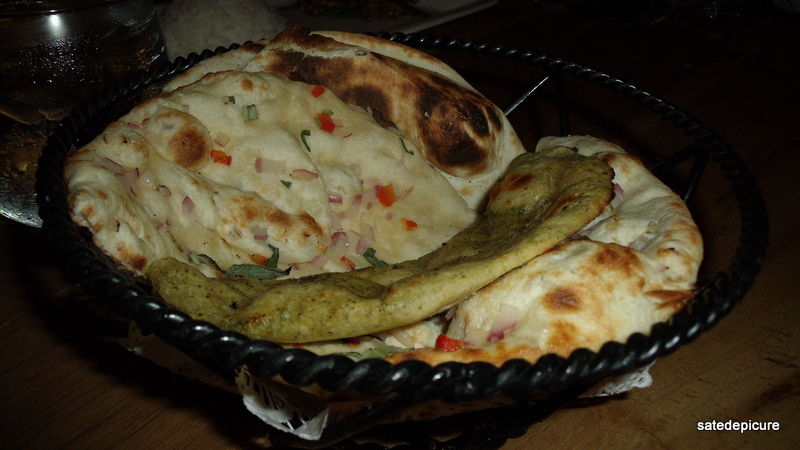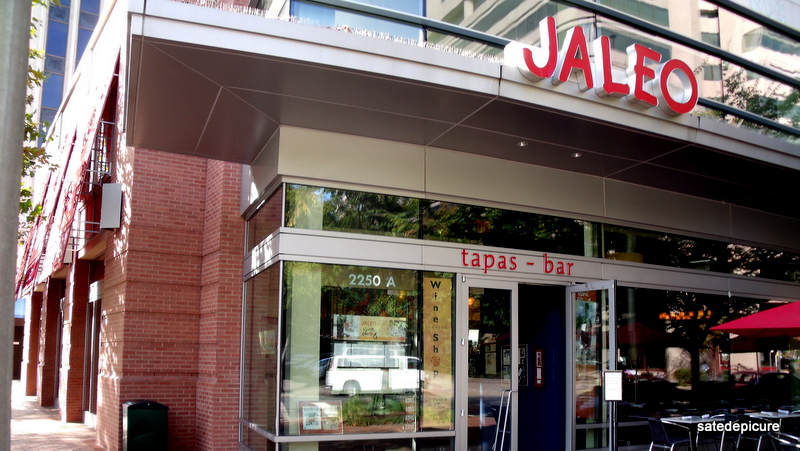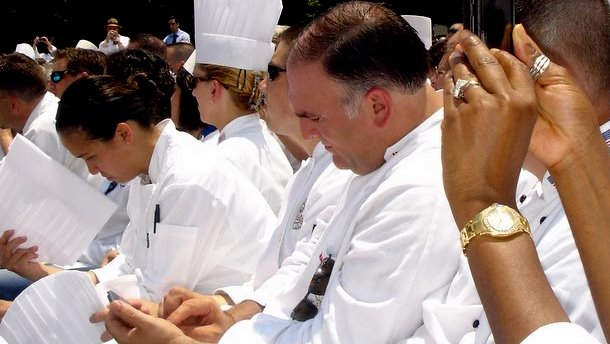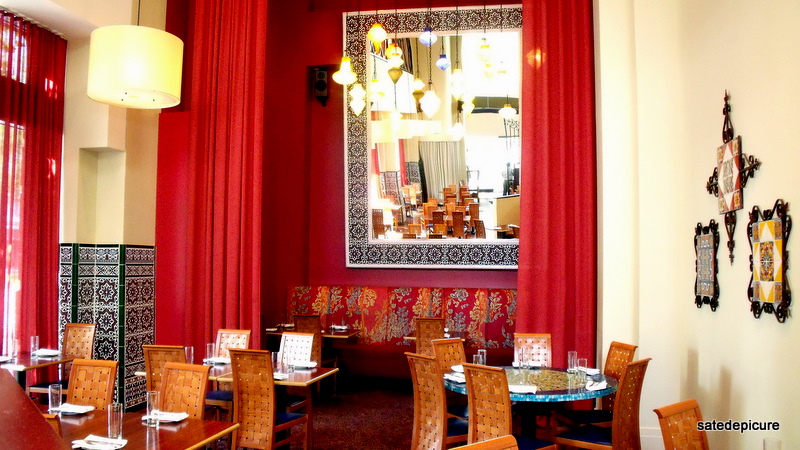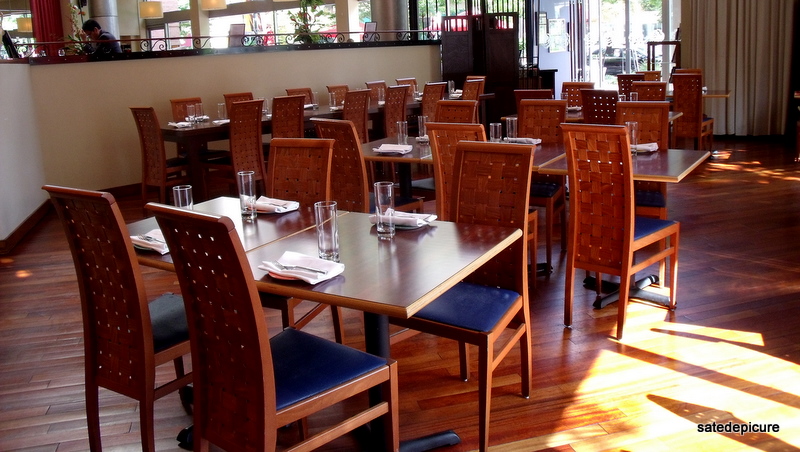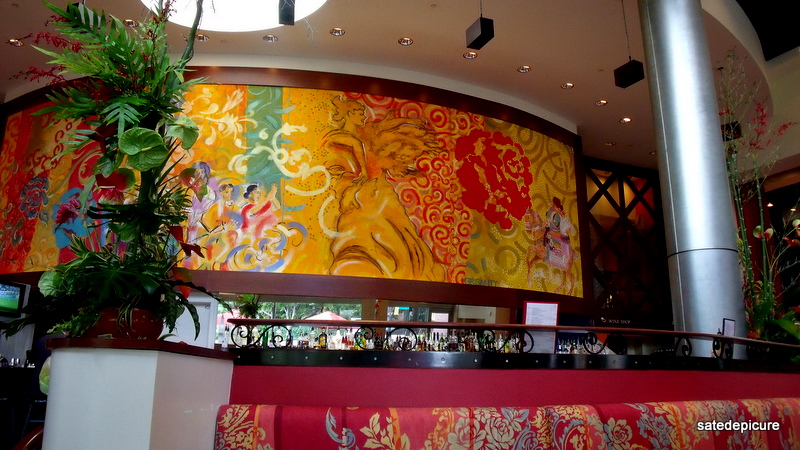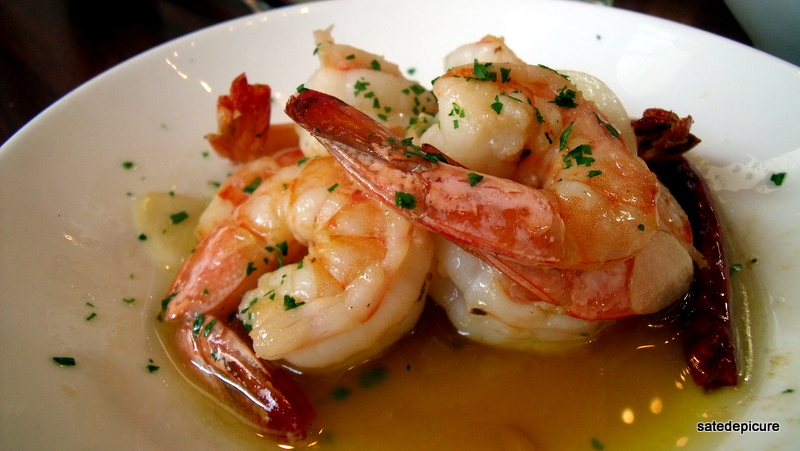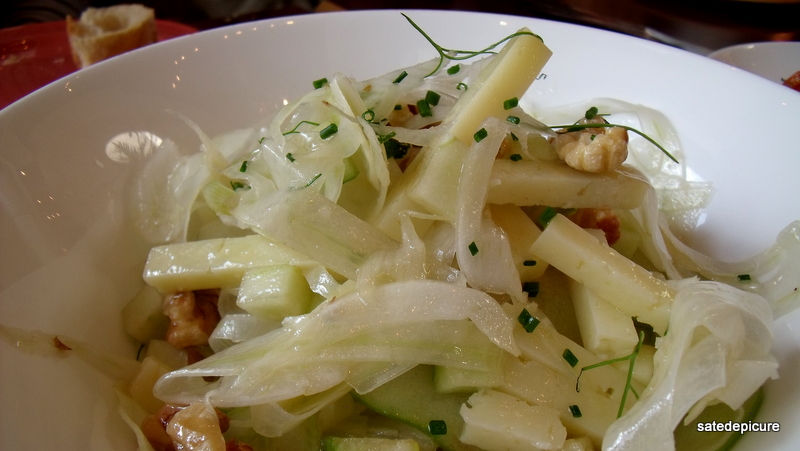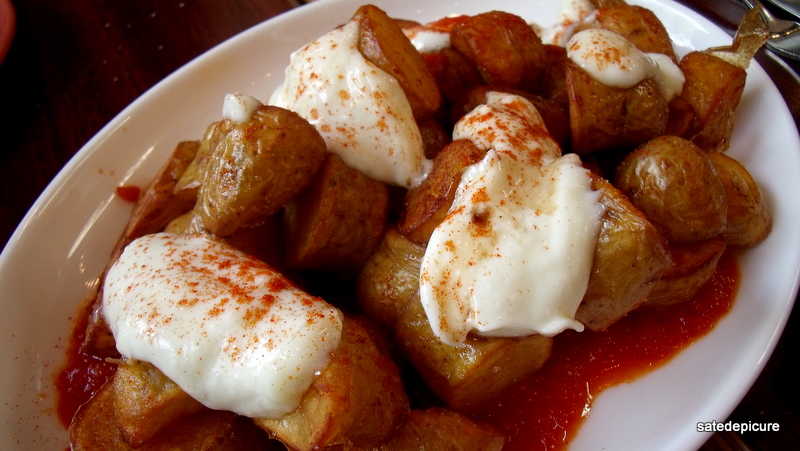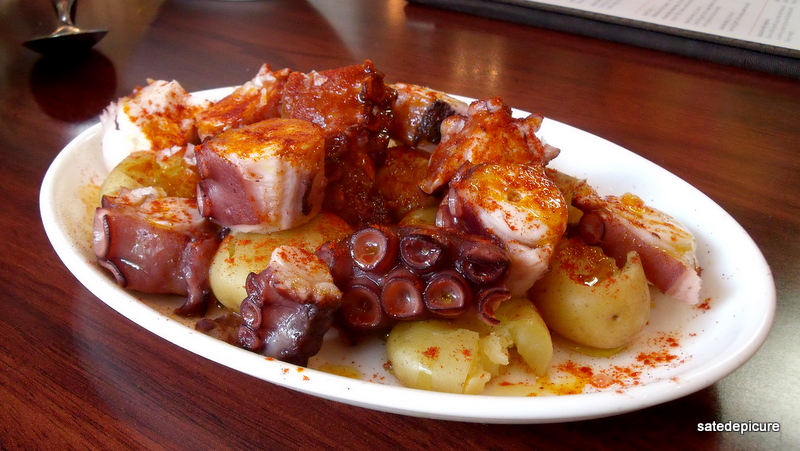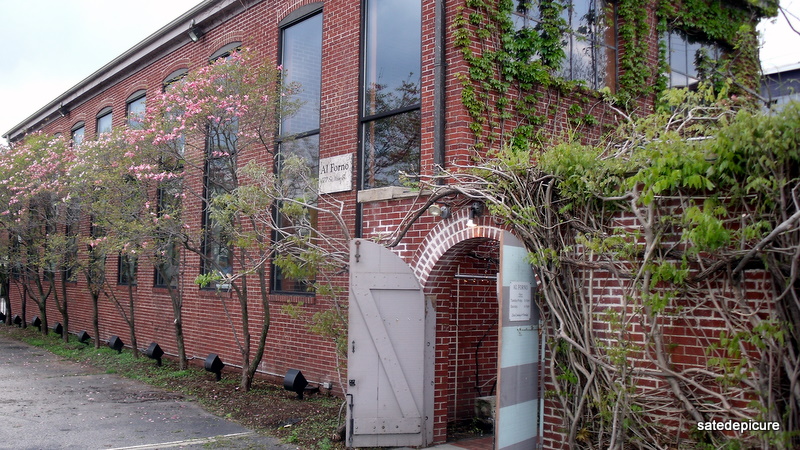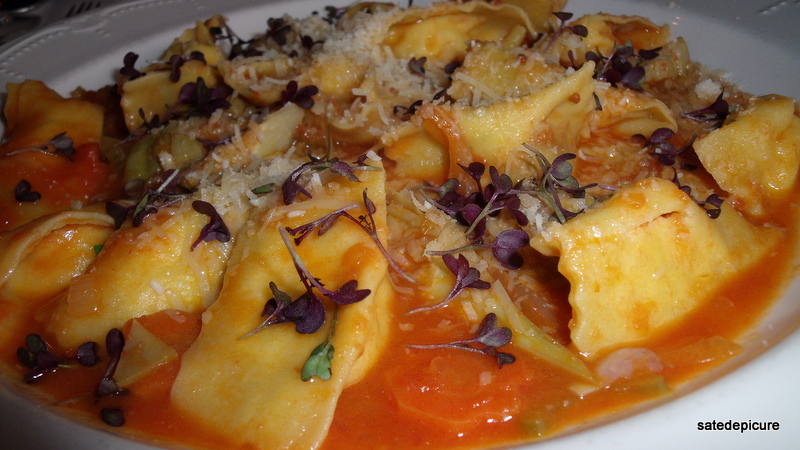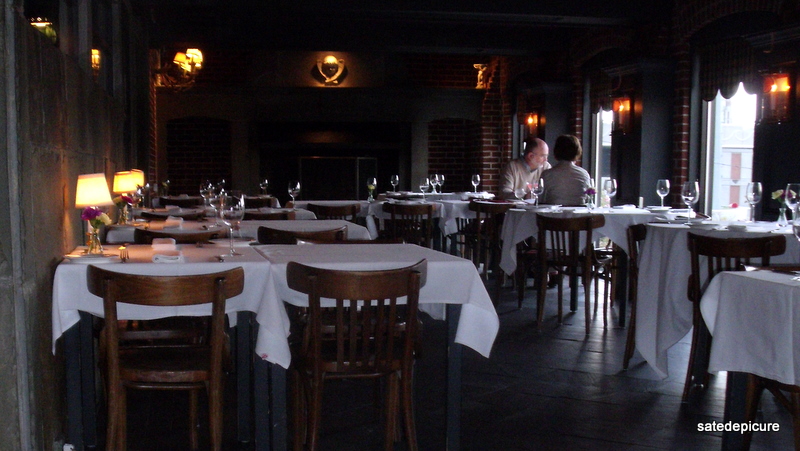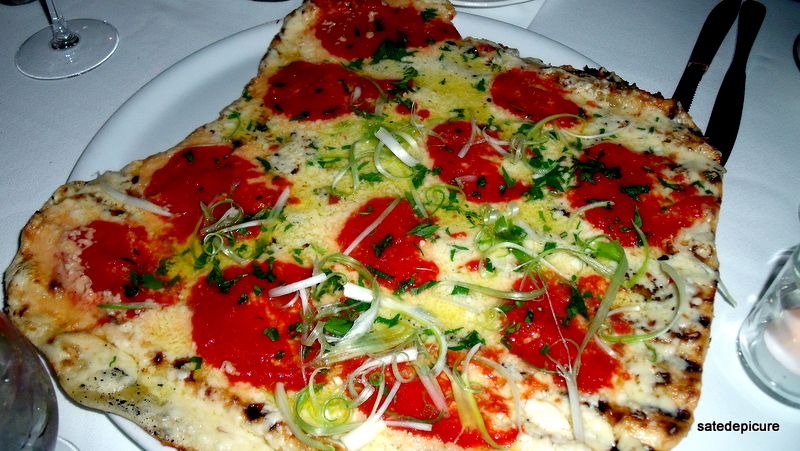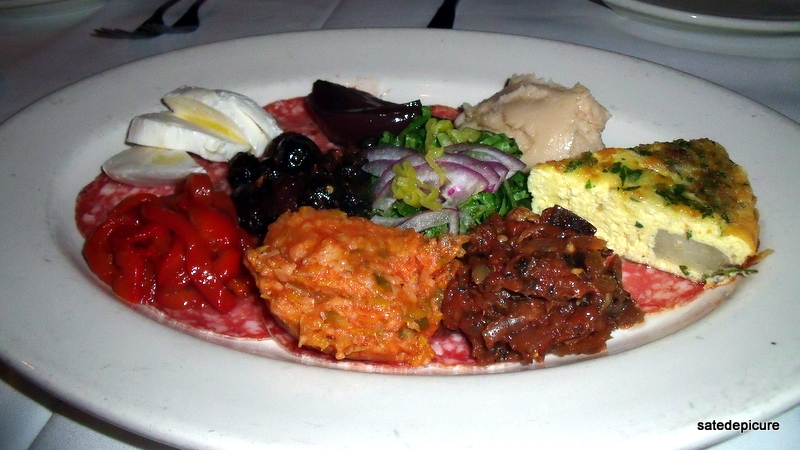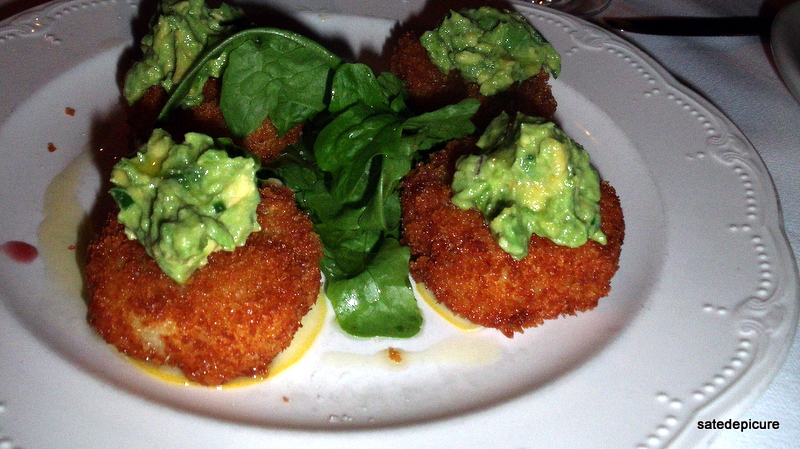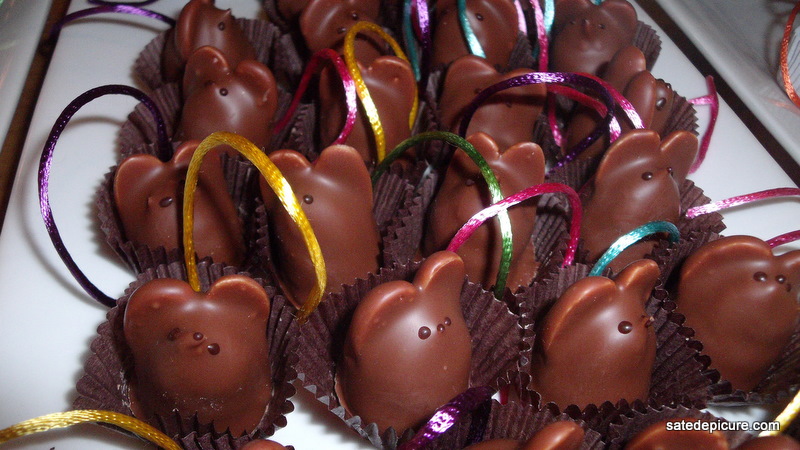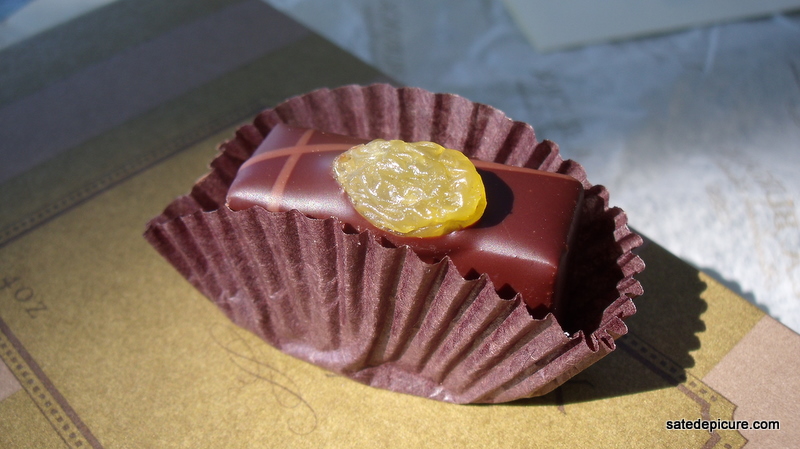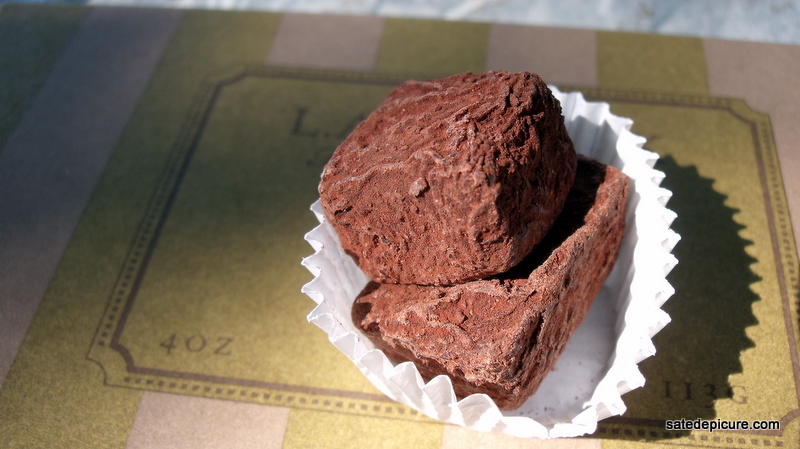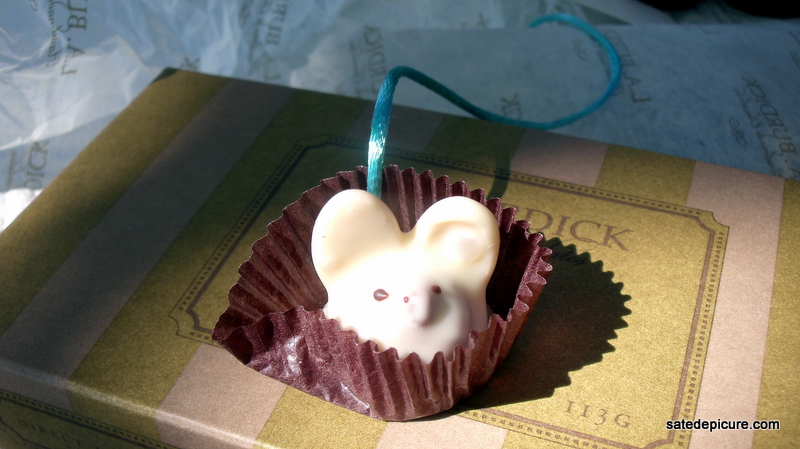St. Louis Missouri is a special city. It’s a city with a fresh and interesting restaurant scene and deep hospitality streak running right through it. I had no idea how vibrant the culinary scene was in St. Louis until I recently took the time to get out and see for myself. After a quick flight down from Chicago, hunger pangs were registering in my belly as I checked into my hotel. Room key in hand and bags in the room, I pulled out my handheld and launched Zagat’s NRU Android app, searching for a good place to eat lunch. Within a minute I found Pappy’s Smokehouse, cross checked it on Yelp to see what people were saying about it and headed down to the lobby and out the door.
With the St. Louis arch in view, I stepped out onto Chestnut Street and grabbed a cab. Riding through downtown St. Louis it became clear that the city had seen better days, been through some tough times, and is pushing to turn itself around. There were multiple buildings, small and large, that were empty or just partially occupied. At street level, I passed two stores within a half of a mile or each other dedicated to providing local consumers with pay-day loans and bail bonds; not a good sign. Yet, through the center of the city there’s a fantastic string of parks with extensive and diverse public art on display. We drove past Gateway Mall and its green space, Serra Sculpture Park, named for Richard Serra’s controversial series of steel sculptures (walls really), past Memorial Plaza and Aloe Plaza and the fantastic, water-spouting “Meeting of the Waters” sculpture by Carl Milles. St. Louis’ investment over the past century in this urban corridor of green space and diverse art exceeds that of many cities twice its size and the aesthetic the parks create is a positive yet sharp contrast to some of the areas immediately surrounding the city center. One block west of Aloe Plaza the last green patch of park serves as a home for hard-knocks daytime drinkers taking sips of booze from brown paper bags. Although threadbare in spots, the city is vibrant in others and, like many American cities on the mend; there are pockets of development that suggest a brighter future.
About a half mile past the city center Pappy’s appears on the left adjacent to Harris-Stowe State University. My cab pulls into the side street where the restaurant is located and I jump out and immediately smell hickory smoke and roasting meat. Crossing the street to the entrance, I encounter a red colored flat-bed trailer parked right in front of the restaurant with two “Ole Hickory” smokers chugging away. A chef is standing to the right of the front entrance talking with a guy with a graying goatee wearing a baseball hat, collared shirt, and jeans. Both look up as I approach, each appears in his mid 50’s. The guy in the chef coat heads over to the smoker parked in front while the guy in the baseball hat grabs the front door and pulls it open for me. I thank him and he smiles and asks how I am doing. We start a conversation and I explain that I am visiting town, just landed a couple hours earlier and came to fill my belly. He smiles again, introduces himself and we head inside. By pure coincidence, the first person I meet at Pappy’s Smokehouse is Mike “Smokey” Emerson, founder and owner extraordinaire. By the time I explain who I am; Mike has been joined by “Skip” Steele his executive chef. Skips shakes my hand, comments how lucky I am to arrive when there are only 10 people in line and he suggests I get in line fast and place my order. I take his advice and join the cue.
Before a minute passes, Smokey Emerson is back with a hot smoked pork rib for me to sample. I take a bite and the meat gently falls from the bone into my mouth. The full flavored, moist, savory and mildly spicy rib is fantastic. My mouth is full as I grin with approval at Smokey. Arriving at the counter to order I notice how simple the set up is. There are two cash registers sitting on a counter next to each other just inside a large window into the kitchen. Two menu boards hang on the wall above the cash registers.
I order a half-rack of ribs, pulled pork, baked beans and sweet potato fries. The cashier directs me to a seat and informs me that my order will be delivered shortly. By the time I get to a barstool along the bay window adjacent to the cashiers station my order arrives in a plastic basket lined with parchment paper. A nice seven-rib rack sits on one side, the fries and beans in a three ounce Styrofoam cup on the other, and a four ounce portion of pulled pork in the middle. I dig into the pulled pork first, having already tasted the ribs. Steele’s pulled pork is perfectly cooked, tangy with just enough spice and salt and moist – just the way I like it. Pappy’s offers customers three homemade barbecue sauces; original, sweet, and spicy. I pump a few drops of Steele’s spicy barbecue sauce on the pork to see how it tastes and it’s fantastic. The beans are tasty and the fries are good but neither is the main attraction. Pappie’s is known for ribs and the ribs are the highlight of the meal. Moist and perfect, I consume half a rack in the blink of an eye. As I am wiping my face with a paper towel, Skip comes over and hands me a Styrofoam cup full of sliced beef brisket, another one of his specialties. The brisket melts in my mouth, is full of beef, smoke and spicy flavor.
While I eat, Skip tells me his story, how he was a chef working in Las Vegas, made his way east to get the “smoke out of his veins” found himself in St. Louis and connected with Emerson to put Pappy’s on the map. Steele has thirty years of culinary experience and the battle scars to prove it. After a few minutes we discover several common friends in the culinary profession and share stories about the good, the bad and the ugly of the foodservice world. As I finish eating he offers to take me to see the kitchen, a certain degree of mutual respect settling in as always when talking food with another industry veteran.
Entering the back kitchen I am stunned by how small the space is. One half of the room is filled by another Ole Hickory smoker. This one is named “Walter” and has a wooden sign above it with this name burned into it. To the right, there’s a large walk-in refrigerator with dozens of bins full of prep. Peering up along the aluminum flashing along the top of the exterior of the walk-in I notice a series of dates and times someone has recorded in sharpie pen. The dates and times start on the right and, for some odd reason, work their way to the left. Each date to the left posts an earlier time than before and I ask Skip what the dates and times represent. “That’s the record for how quickly we run out of food and close” he says.
Pappy’s makes a certain amount of food each day following a strict set of quality standards. Once the food runs out at Pappy’s Skip and Mike shut the restaurant down and head home. Reading the dates and times, it appears that every few weeks Pappy’s sets a new record for closing early. Rather than increase production and risk a decrease in quality, Mike and Skip take the high road and focus on the integrity of their food. I have tremendous respect for these guys.
We wrap up the tour and head to the front door so I can catch a cab back to the hotel. Thanking Skip and Mike for the experience, we exchange business cards and step out onto the sunny sidewalk together. I look to Mike and tell him that the level of hospitality, from the moment I entered until stepping back outside to leave, far exceeded my expectations. By now the line to order is pushing out the door. Mike smiles again and states that the level of hospitality I experienced is part of Pappy’s culture and something he and Skip work hard to protect. They have done a great job. Looking back, it was the hospitality that really made the difference at Pappy’s. Their food was excellent and the service was smooth, seamless, and perfectly natural not forced; a real example of elegant simplicity paired with authenticity. I like restaurants that are real!
Pappy’s Smokehouse
3106 Olive St.
Saint Louis, MO 63103-1213
314-535-4340
